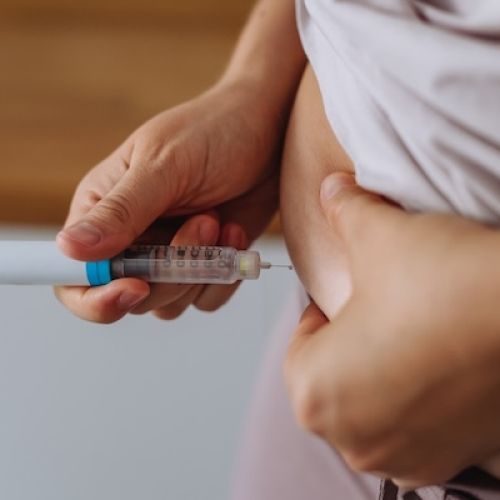Everything You Need to Know About An Embryo Transfer

You’ve gone through all the steps of ovarian stimulation and egg and sperm retrieval. You know there are viable embryos ready to transfer to your womb to hopefully create a healthy pregnancy. But what happens next?
At California Center for Reproductive Health, our team wants you to be educated about every step of in vitro fertilization, especially this essential step of embryo transfer. Here’s what you need to know.
What is embryo transfer?
Embryo transfer is the final stage of the IVF process. Your fertilized egg has been left to grow in a lab for several days and is now ready to be placed in the uterus to implant and result in the birth of a healthy child.
How is an embryo transfer performed?
The transfer process is relatively simple and doesn’t require anesthesia, but some women do receive mild sedation. During the procedure, the viable embryo is loaded into a catheter (thin tube), which we pass through your vagina and cervix and then place in the uterus. The sensation feels very much like a Pap smear.
What are the types of embryo transfer?
Embryo transfer is not a one-size-fits-all procedure. Prior to starting the invitro process, you agreed to one of the following:
Fresh transfer
This is when a fresh embryo that’s never been frozen is deposited into your uterus.
Frozen transfer
A frozen transfer occurs when a frozen embryo from a prior IVF round or donor egg is thawed and transferred to your uterus.
Cleavage stage transfer
This transfer occurs when the cells in the embryo are dividing, but the embryo is not yet growing in size. This stage usually occurs around day three, but may occur a day or two sooner or later. The cleavage stage transfer may be recommended to get an embryo to the optimal environment as quickly as possible in the developmental process to increase its chance of survival.
Blastocyst stage transfer
A blastocyst is an embryo that has developed into a sphere of 60-120 cells. This usually happens around day five, but may occur a few days later. By waiting until day five for transfer, we can better select embryos that have a higher probability for continued development and a successful pregnancy.
A blastocyst can be genetically tested prior to transfer, which can help reduce the risk of miscarriage, avoid certain genetic disorders, and even select the sex of the child.
How many embryos will be transferred?
The number of embryos transferred depends on your wishes, your age, and the number of potentially viable embryos. Transferring just one embryo reduces the risk of being pregnant with multiples, but still results in a high rate of pregnancy.
A transfer of multiple embryos involves placing more than one fertilized egg into your uterus. This type of transfer is highly regulated because of the risk of potential pregnancy complications.
What should I expect after an embryo transfer?
You may have some cramping, bloating, and vaginal discharge following the embryo transfer. Confirmation of pregnancy isn’t possible until two weeks later. You’ll come to our office so we can check to see if the embryo implanted successfully.
IVF is an exciting, but nerve-wracking, process. Embryo transfer is the final stage of the journey and incredibly important in achieving a successful pregnancy. We’re with you every step of the way and ready to answer your questions. We understand how stressful the process can feel and want to help you as you grow your family.
Call the California Center for Reproductive Health if you’re wanting to add to your family, but need a little assistance. We have offices in several areas to serve you: Encino, Alhambra, West Hollywood, and Valencia.




